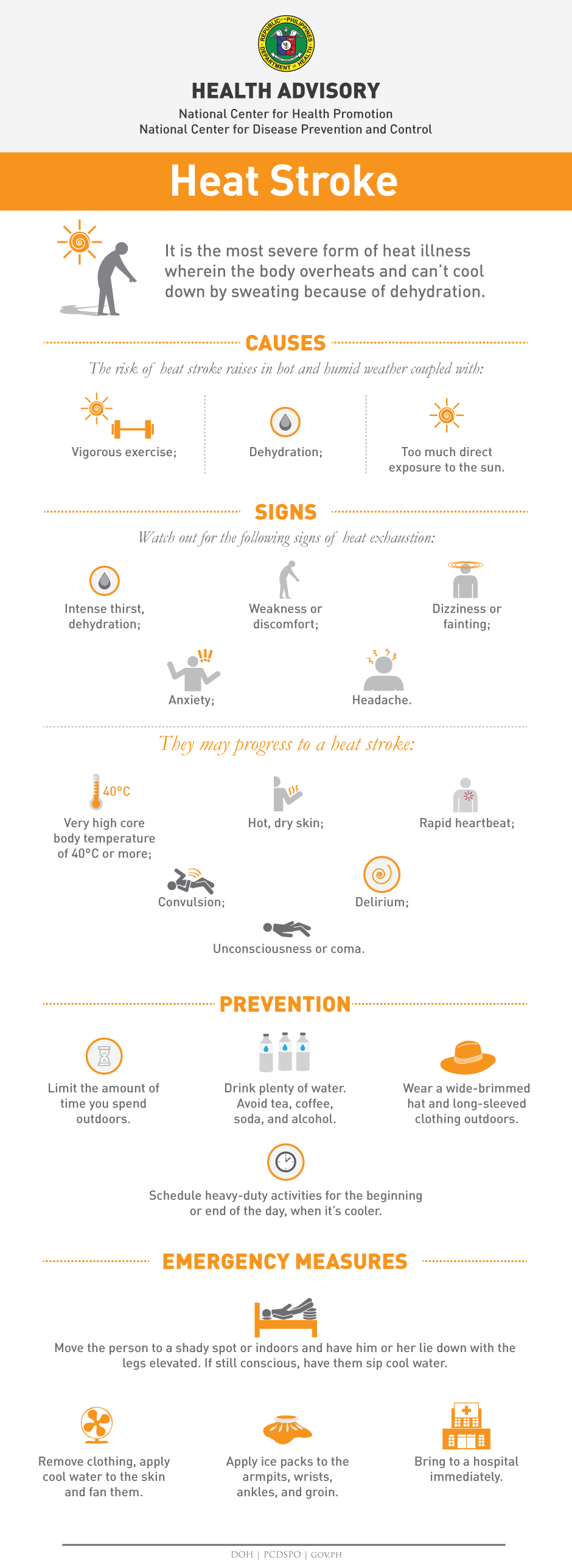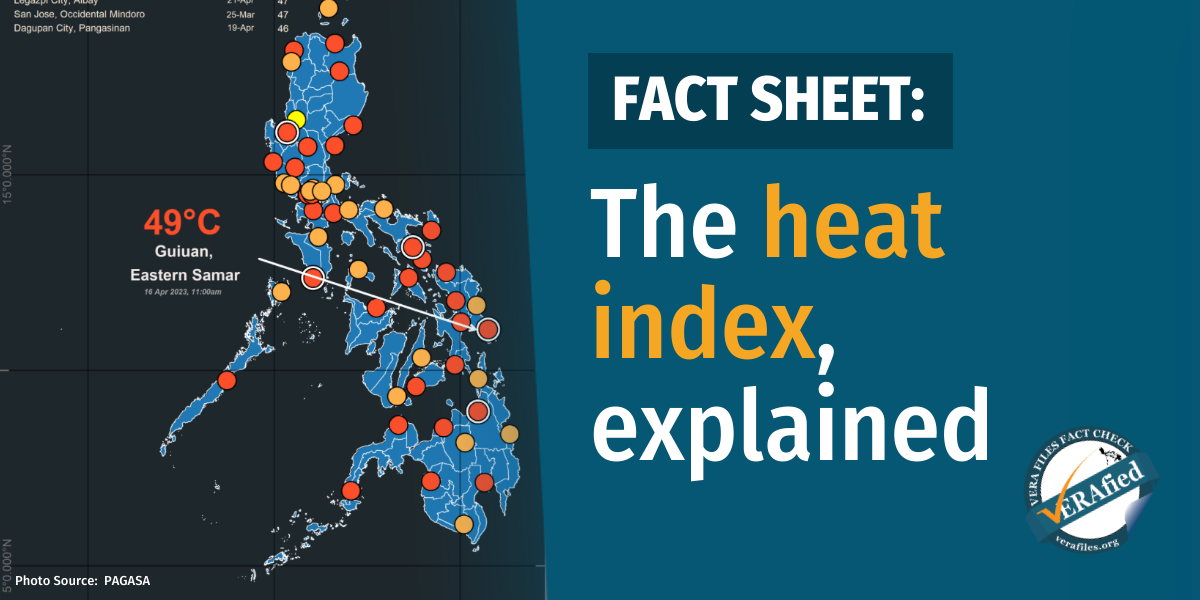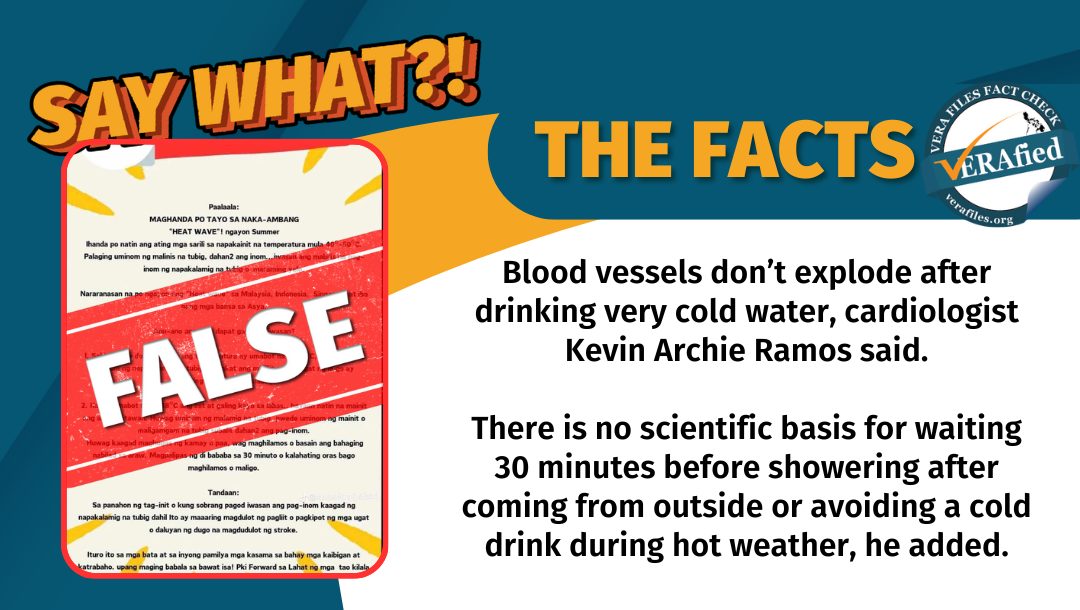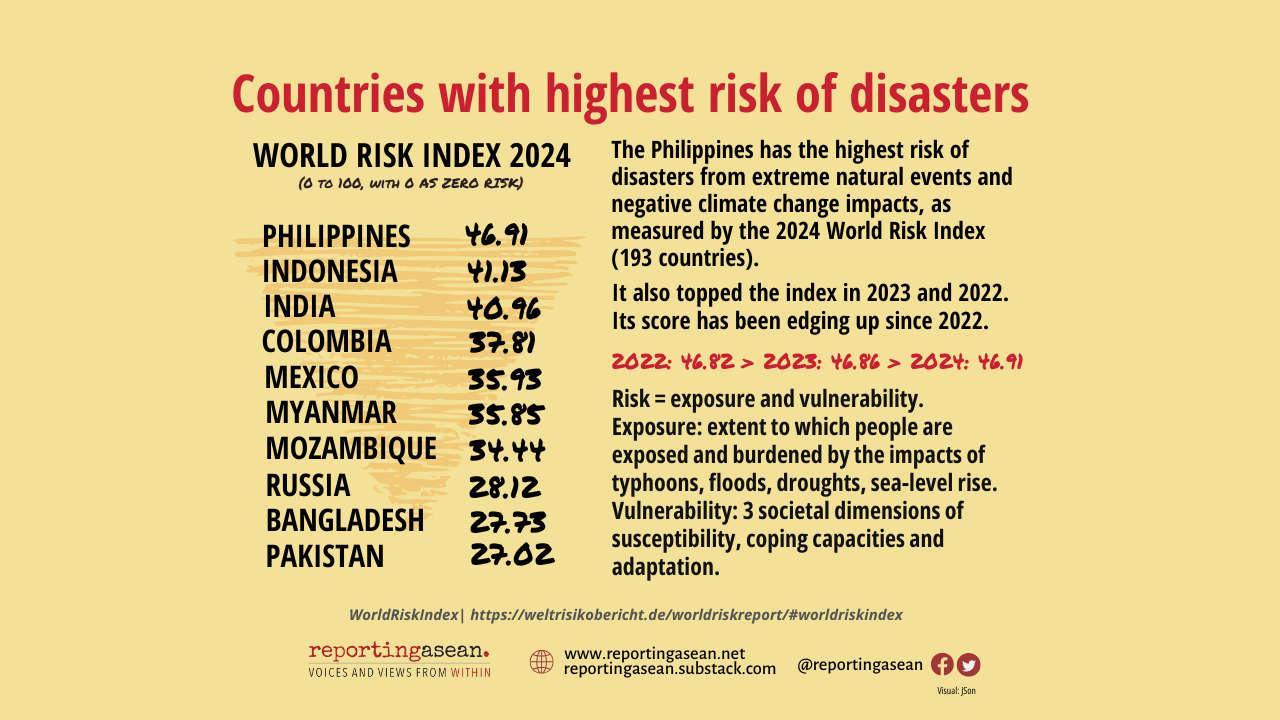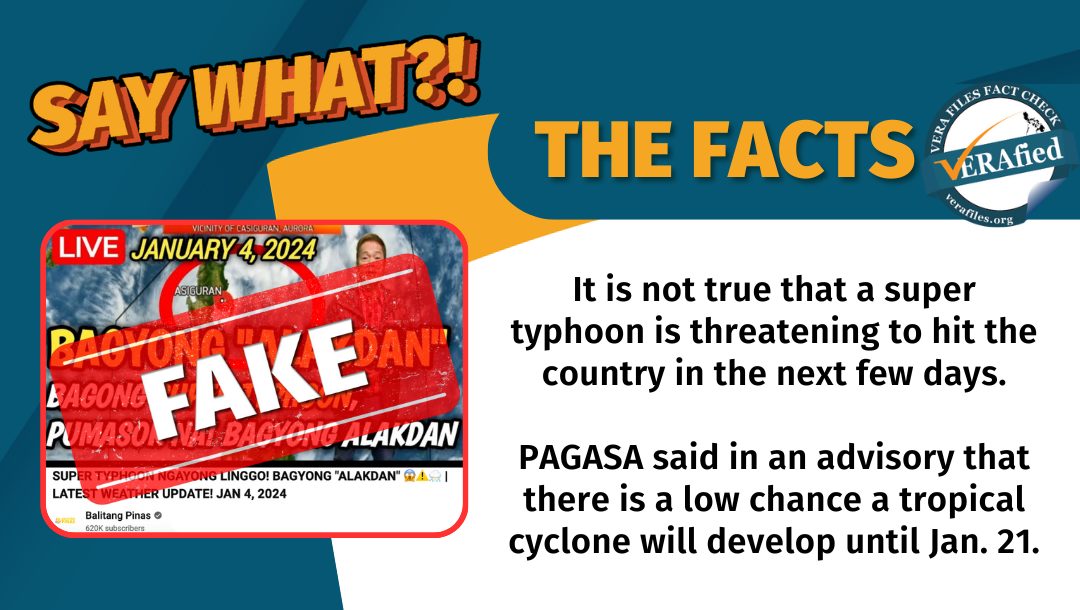The Department of Education (DepEd) reminded school heads that they may suspend onsite classes and implement distance modular learning instead during “natural disasters” such as extreme heat, as well as other “human-induced hazards.”
In a memorandum issued on April 20, DepEd Assistant Secretary for Operations Francis Bringas wrote that the implementation of modular learning in these circumstances would “ensure learning continuity and that learning competencies and objectives are met.”
The memorandum was issued a month after 83 students in Cabuyao, Laguna were hospitalized following an unannounced fire drill that exposed them to the afternoon sun.
As the Philippine Atmospheric Geophysical Astronomical Services Administration (PAGASA) remains on El Niño watch, VERA Files Fact Check answers frequently asked questions about the heat index:
1. Is air temperature the same as heat index?
No. According to PAGASA, air temperature – which measures how hot or cold the air is – alone cannot accurately measure the heat a person feels. “Ito ay mas tamang naitataya kung isasama ang datos ng alinsangan o halumigmig (This is estimated more accurately by including data on relative humidity),” an infographic on PAGASA’s website explains.
The heat index measures the apparent temperature that the air and humidity feel like to the human body. Another term for heat index is “apparent temperature” and or “damang init” in Filipino.
PAGASA recorded the following air temperatures and heat indexes in certain parts of Metro Manila on April 26:
| Location | On April 26, the air temperature was… | But it felt like (heat index)… |
| Port Area, Manila City | 32.7℃ | 38℃ |
| Ninoy Aquino International Airport, Pasay City | 33.9℃ | 40℃ |
| Science Garden, Quezon City | 33.4℃ | 38℃ |
| Source: Philippine Atmospheric Geophysical Astronomical Services Administration | ||
PAGASA advises those living in areas with heat indexes between 32 and 41℃ to take “extreme caution,” as exposure to the heat can lead to heat cramps and exhaustion.
2. Why is the heat index important?
The heat index is used to determine how much heat a person can take before it becomes dangerous. A health advisory from the Department of Health (DOH) warned about higher chances of contracting illnesses, such as heat cramps and heat stroke, when the index hits extreme levels.
PAGASA classifies the heat index into the following categories:
The highest heat index PAGASA recorded in 2023 was 48℃ in Butuan City on April 21. Exposure to heat index this high makes heat cramps and exhaustion likely and increases the risk of heat stroke.
3. What should you do if the heat index in your area reaches cautionary levels?
The 1-2 forecast of heat indexes nationwide can be found on PAGASA’s official website. The agency publishes its forecast every 5 p.m.
The DOH recommends limiting time outdoors and staying hydrated by drinking water and avoiding coffee and tea. In an April 26 Kapihan session, Rosalind Vianzon, chief of the DOH Health Environment Division, recommended wearing loose, comfortable clothing and using proper protection, such as sunblock, sunscreen or sunglasses, when outside.
Vianzon also said that swimming is a recreational activity that helps the body cool down. However, she advised to avoid swimming between 10 a.m. and 4 p.m. as much as possible since the sun’s rays are strongest during this period. “And if ever, kung meron kang choice na maligo sa may covered pool, covered na area, mas maganda na doon maliligo,” she said.
(And if you have the choice to swim in a covered pool or area, it’s better to swim there.)
The DOH also warned the public to look out for signs and symptoms of the following heat-related illnesses:
